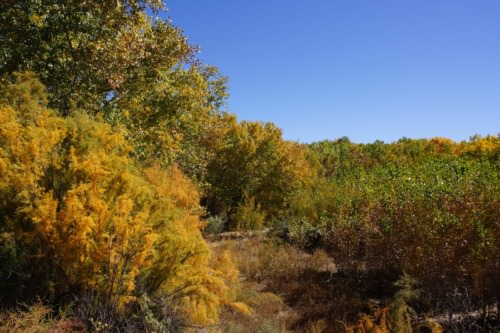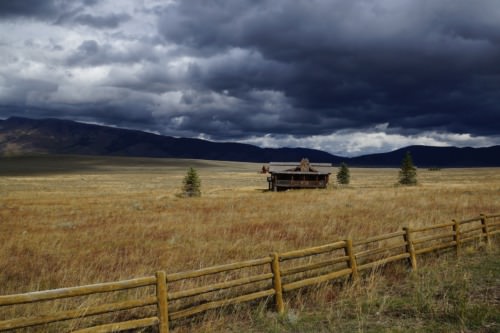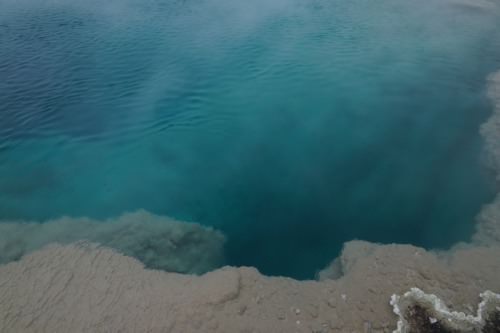New Zealand and Iceland are known for geysers, but nowhere are there as many as in Yellowstone. At the heart of Yellowstone’s past, present and future lies volcanism. About 2 million years ago, then 1.3 million years ago, and again 640,000 years ago, huge volcanic eruptions occurred here. The latest spewed out nearly 240 cubic miles of debris. The park’s present central portion collapsed, forming a 30- by 45-mile caldera, or basin. The magmatic heat powering those eruptions still powers the park’s geysers, hot springs, fumaroles, and mudpots. The Grand Canyon of the Yellowstone gives a glimpse of Earth’s interior: it’s waterfalls highlight the boundaries of the lava flows and thermal areas. Rugged mountains flank the park’s volcanic plateau, rewarding eye and spirit.
Yellowstone’s wildlife includes bison (buffalo), elk, grizzly and black bears, trumpeter swans and Yellowstone cutthrout trouts as well as wolves, otters, moose, bald eagle and other birds of prey. Vegetation types range from near-desert vegetation near the North Entrance to subalpine meadows and forests on Mount Washburn. Lodgepole pine covers 60 percent of the park and makes up 80 percent of the forested areas.
Congress established Yellowstone as the world’s first National Park in 1872. It covers an area of 3,472 square miles (8,987 km2). Yellowstone Lake is the largest lake at high elevation in North America, it’s at an elevation of 7,733 feet (2,357 meter), it’s size is 131.7 square miles (341 km2), it’s maximum depth is 410 feet (125 meter) and it’a average summer temperature is 45 Fahrenheit (7 Celsius)!
The Norris Geyser Basin is one of the most active earthquake areas in the park and it’s one of the most acidic hydrothermal areas in in Yellowstone. Many acidic geysers, which are rare in the rest of the world, are here. Steamboat is the tallest active geyser in the world with eruptions up to 300 feet (100 meter) hight. Sulphur Caldron, located along the Yellowstone river, a few miles north of Yellowstone lake is the most acidic mud pool in the park it has a PH of 1 and is 10 times more acid than lemon juice (battery acid has a PH 0).
All of Yellowstone’s hydrothermal areas are fueled by magma (molton rock) beneath the park. This magma heats water percolating down from the surface, collecting into larger channels that serve as “plumbing” for each hydrothermal feature.
In 1995 wolves were re-introduced to Yellowstone: In mid-January 1995, 14 wolves from many separate packs were captured in Canada and then transported into Yellowstone Park and placed into one-acre acclimation pens. At the end of 2009, at least 96-98 wolves in 14 packs (6 breeding pairs), 1 non-pack grouping, and 2 loners occupied Yellowstone National Park.
Yellowstone National Park attracts travelers from around the world, in 2009 almost 3.3 million people visited the park.




